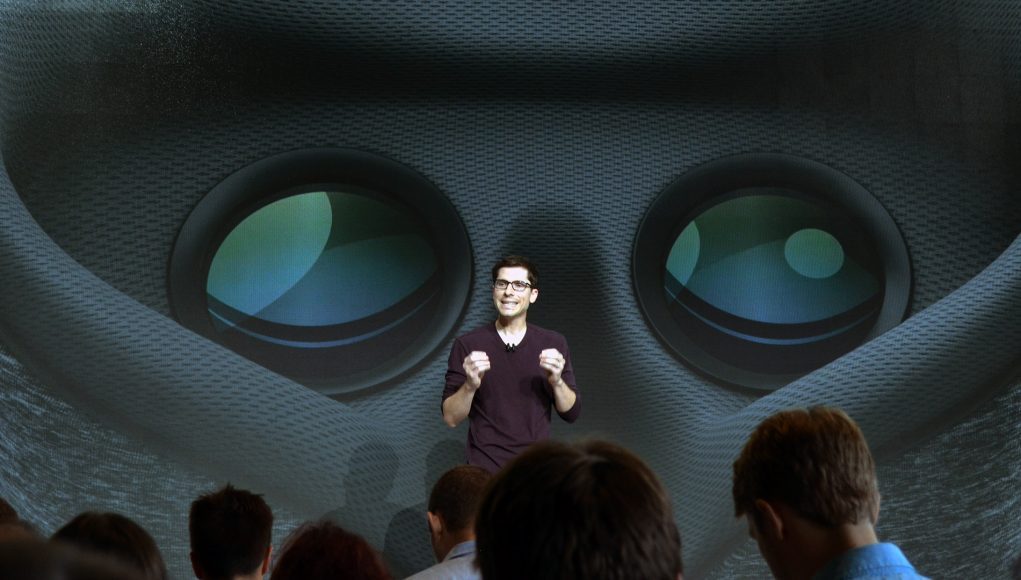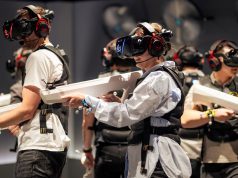Google announced at last year’s Society for Information Display (SID) Display Week that the company was actively working on a VR-optimized OLED panel capable of packing in pixels at a density heretofore never seen outside of microdisplays – all at a supposedly ‘wide’ field of view (FOV). Now, it appears that the company is going to talk in detail about that high-resolution OLED at this year’s SID.
Update (1:20 PM ET): More details about Google’s pixel-packed VR display have come to light via the DisplayWeek event schedule: LG engineers will also be co-presenting at the session detailing the display with Google, likely indicating that LG was Google’s partner on the project.
“The world’s highest resolution (18 megapixel, 1443 ppi) OLED-on-glass display was developed. White OLED with color filter structure was used for high-density pixelization, and an n-type LTPS backplane was chosen for higher electron mobility compared to mobile phone displays. A custom high bandwidth driver IC was fabricated. Foveated driving logic for VR and AR applications was implemented.”
As first reported by OLED-info, an advanced copy of the event’s schedule maintains that a talk featuring Google hardware engineer Carlin Vieri will be taking place May 22nd.
The talk is named simply “18 Mpixel 4.3-in. 1443-ppi 120-Hz OLED Display for Wide-Field-of-View High-Acuity Head-Mounted Displays.” Such a display, OLED-Info postulates, could land somewhere around a resolution of 5500 × 3000. If correct, it has a clear advantage over even the highest resolution panels seen in current headsets such as the Samsung Odyssey or the upcoming HTC Vive Pro, both of which pack dual 1440 × 1600 resolution, 3.5 inch AMOLEDs at 90Hz.
Google’s VP of AR/VR Clay Bavor stated last year that the company “partnered deeply with one of the leading OLED manufacturers in the world to create a VR-capable OLED display with 10x more pixels than any commercially available VR display today,” saying that the panel under development would reach 20 megapixels per display – a bit higher than the display featured in the talk listed above, but holding the same implications.
Incorporating such a high-resolution display into a VR headset, Bavor explained, will also create enormous performance challenges of its own, and that data rates could range between 50-100 Gb/sec with current rendering configurations. Foveated rendering combined with eye-tracking is largely believed to be a solution to knocking down the massive graphical requirements for such a display. Yes, Google is researching foveated rendering too.
We’re hoping to find out more come May.










